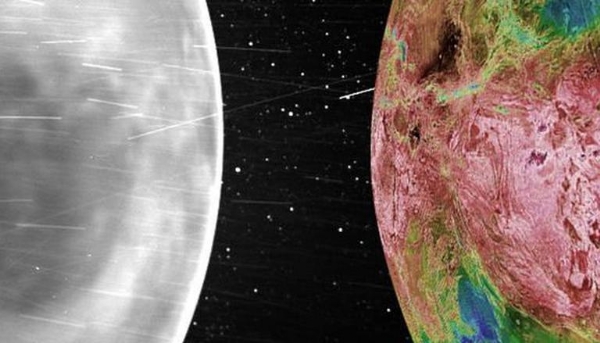NASA's Parker Solar Probe captures first images of Venus' surface beneath its thick clouds
With Parker"s instrument, scientists were also able to see through the clouds and mark out the continental regions, plains, and plateaus of Venus.
Total Views |
In a major development, NASA's Parker Solar Probe, which recently 'touched' the sun, has now captured the first visible-light images of Venus' surface beneath its thick shroud of clouds. In a statement, NASA revealed that the picture was captured using the Wide-Field Imager, or WISPR, which helped in imaging the night side of the planet in wavelengths of the visible spectrum and then extending into the near-infrared wavelengths.

With Parker's instrument, scientists were also able to see through the clouds and mark out the continental regions, plains, and plateaus of Venus.
Despite Venus being the third brightest planet in the sky, scientists, until now, were unable to study the planet due to the thick clouds that cover it. However, it is the Parker probe that has allowed the breakthrough. Nicola Fox from NASA said in a statement,
We’re thrilled with the scientific insights Parker Solar Probe has provided thus far. Parker continues to outperform our expectations, and we are excited that these novel observations taken during our gravity assist maneuver can help advance Venus research in unexpected ways," Fox said.
Now that the scientists have got their hands on their images, they say that the new data would help them learn more about Venus’ geology, the kind of minerals that might be present there, and the planet’s evolution. It is worth noting that both Venus and the Earth were formed around the same time but they are very different now.
"Scientists suspect volcanism played a role in creating the dense Venusian atmosphere, but more data are needed to know-how. The new WISPR images might provide clues about how volcanos may have affected the planet’s atmosphere," NASA said in its statement.
.
.